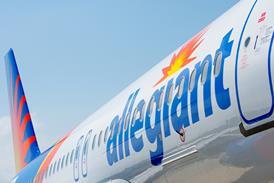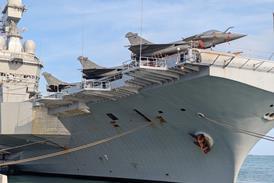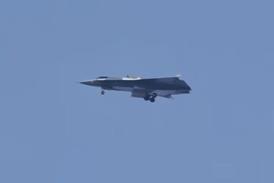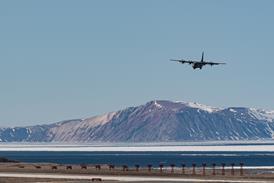Aircraft orders flooded back at the Paris air show. But what impact will they have on the market? asks Chris Tarry of CTAIRA
We are always told that the timing of aircraft order announcements has nothing to do with air shows, although the evidence from Paris last month might suggest otherwise. The $40 billion or so in airliner orders and commitments – largely led from the Gulf and India – doubtless provided further grist to the mill for the optimists. But it is important to look behind the headlines.
The return of leasing companies to the 150-seat segment is significant, but it is hard to disagree with the cynic’s view that this reflects a particularly attractive acquisition price that makes the economics work in terms of value and risk.
In April we looked at the role that market expectations play in the context of aircraft ordering and the signings at Paris seem to support evidence of a self-sustaining optimism now taking hold. Yet, despite the announcement of 428 aircraft orders in the space of a week – including 95 less-than-firm commitments for the yet to be formally launched Airbus A350 – we are not quite back to the heady days of the late 1980s when 6,000 jet aircraft were ordered in a four-year period.
The pain that followed that boom is worth bearing in mind. In the early 1990s there were some major “ex-post” corrections made to the orderbooks when earlier optimism failed to translate into planned deliveries. The real issue is how many aircraft from the orderbook will be included in production schedules being drawn up by manufacturers.
There are interesting issues around where these latest orders came from and their likely impact on the long-haul market into which they will largely feed.
In terms of delivery volume and questions over the profitable absorption of the new capacity, attention focuses on Qatar Airways. It announced $15 billion plans, subject to the resolution of “certain important outstanding issues” to acquire up to 60 A350s and “at least” 20 Boeing 777s. But where is the traffic going to come from and at what price?
The reality is that the fleet expansion in this region will fundamentally change the traditional traffic flows and in the process benefit customers. The consequences for airlines in this part of the world and beyond are less clear and are likely to reflect the inevitable consequences of any major increase in supply from a new source.
Even before Qatar’s intentions are firmed up, the quantity of capacity going into the region could cause fundamental changes in the long-haul markets between Europe, Asia and Australasia on one hand, and the Gulf and North America on the other. In the former case, European and Asian airlines will face even greater competition for traffic which can be aggregated at a hub in the Gulf and flown, if required, to Australia non-stop. Long-range aircraft can also overfly Europe from this region en-route to North America and in so doing reduce the opportunity that European airlines have to link the two regions across one of their hubs. The ability of, for example, Emirates to reach new markets is in essence determined by historical precedence and the series of bilateral arrangements which were signed when aircraft flying between Europe and Asia needed a technical stop in the Gulf.
Before Qatar’s announcement, the principal airlines in the Gulf had 120 long-range (or very long-range) passenger aircraft in service, with 144 more on order and a further 73 options. It is also clear that individual airlines are having their own private battles, where size appears to be an important external measure of success.
Although there are some aggressive attempts by some countries in this region to grow tourism, the real opportunity for the airlines lies elsewhere and will reflect their ability to exercise their wider market power. Some of the aircraft are for replacement, but the reality is that the home countries for these airlines have a population of a similar size to that of Singapore. To continue the comparison, Singapore Airlines has an available fleet of 91 long-range passenger aircraft, 30 on order and a further 46 under option arrangements. In retrospect, it is perhaps not a surprise that the chief executive of Emirates was subjected to some public attacks by his competitors in the forum sessions held at the recent IATA annual general meeting in Tokyo.
There is perhaps only one conclusion to this albeit high-level analysis. As history has shown many times, placing orders for aircraft is no guarantee of success – that depends upon a continued ability to place the aircraft profitably in the market.
Source: Airline Business























